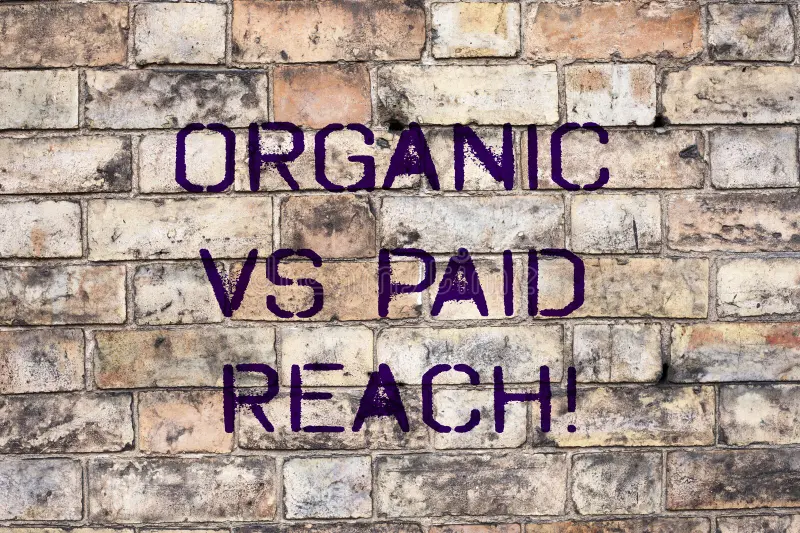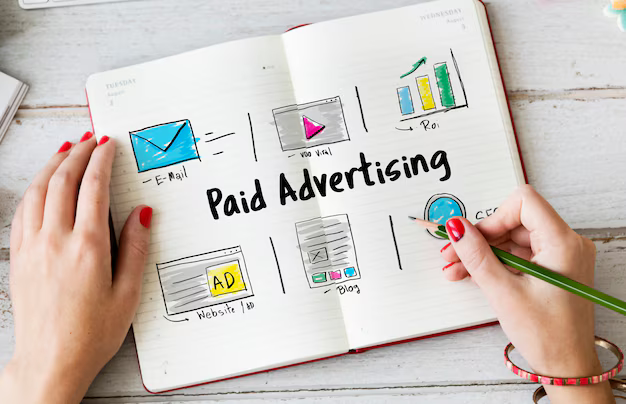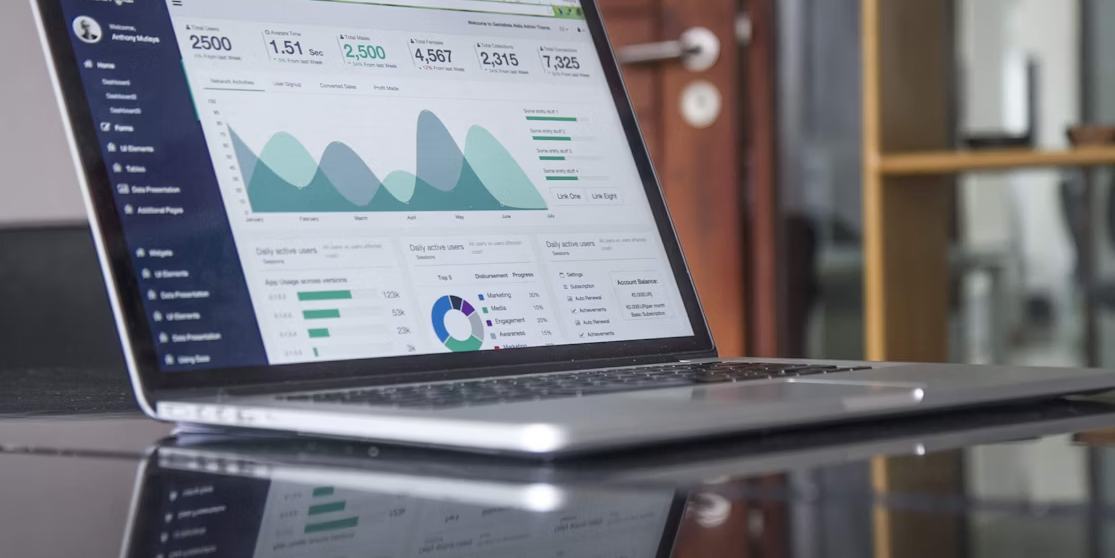Social media is no longer a secondary marketing channel. It’s become a key driver of visibility, customer engagement, and revenue growth. Yet, many CEOs still face the question: Should we focus on organic reach or paid advertising?
The answer is simple: you shouldn’t have to choose.
The companies seeing the strongest results are those blending the authenticity of organic content with the targeted precision of paid advertising. When these two forces are combined strategically, you don’t just reach more people, you reach the right people, with the right message, at the right time.
In this guide, we’ll break down exactly how CEOs can integrate organic and paid social for maximum reach. You’ll discover practical tactics, examples from the Australian market, and a clear action plan you can take back to your marketing team, or to your Fractional Digital Marketing Expert, to execute immediately.
Understanding the Core Difference Between Organic & Paid

Before you can merge them, you need to be crystal clear on what makes each approach unique.
Organic social covers all unpaid posts, updates, videos, and other content you publish directly to your social platforms. Its strengths lie in building relationships, nurturing trust, and showcasing your brand personality.
Organic content works best for:
- Brand Storytelling: Highlighting your values, team culture, and customer stories.
- Community Engagement: Encouraging conversations, Q&As, and interactive polls.
- Content Experimentation: Testing ideas with no ad spend risk.
However, algorithm changes, especially on Facebook and Instagram, have significantly reduced the percentage of followers who see your posts. According to a Social Media Examiner report, average organic reach on Facebook can be as low as 2-5%.
Paid social involves investing advertising dollars to place your content in front of a chosen audience. Benefits include:
- Immediate Visibility: Guaranteed impressions beyond your followers.
- Targeted Reach: Narrowing by location, job title, interests, and behaviours.
- Retargeting Power: Re-engaging past website visitors or video viewers.
The challenge is cost control. Without careful targeting and creative optimisation, you can burn through budgets quickly.
Key insight: Organic content creates a trusted, engaged base, paid campaigns scale that impact far beyond your existing followers.
Why CEOs Should Care About Integrating Both
For CEOs, the integration of organic and paid is a business growth strategy.
Reason 1: Maximised ROI
When your paid campaigns are based on proven organic successes, every dollar works harder. You avoid wasting spend on untested messages.
Reason 2: Brand Consistency Across Touchpoints
A CEO’s brand vision should be reflected in every interaction, whether that’s an organic LinkedIn update or a targeted Instagram ad. Merging strategies ensures messaging is consistent.
Reason 3: Data-Driven Decision Making
Organic performance gives you early indicators of what works; paid campaigns validate and scale that content.
Reason 4: Risk Diversification
If ad costs rise (which Meta’s CPMs have in recent years), your organic efforts still keep engagement alive. If organic stalls, paid gives you a reach boost.
Step‑By‑Step Guide: Blending Organic and Paid Smartly
Integration starts with knowing your baseline.
Audit Checklist:
- Engagement Rates: How actively are followers interacting with your content?
- Top-Performing Posts: Which themes, visuals, or formats attract the most interest?
- Ad Metrics: Cost per click (CPC), cost per acquisition (CPA), and return on ad spend (ROAS).
- Visual and Messaging Alignment: Do your organic and paid assets look and sound like they belong to the same brand?
If your marketing team lacks the time or expertise to perform this deep dive, hiring a marketing consultant is a smart move. They’ll benchmark your performance against Australian industry standards and uncover hidden opportunities.
Use Organic Content as a Testing Ground
One of the smartest ways to save money and increase performance is to use organic posts as a low-risk testing space.
How it Works:
- Post New Ideas Organically First: See how your audience reacts.
- Measure Engagement: Pay attention to likes, shares, comments, and click-throughs.
- Promote the Winners: Turn high-performing organic posts into sponsored ads.
Example: If a LinkedIn article about your sustainability initiatives gets 3x your usual engagement, you can promote it with paid spend targeting industry decision-makers.
This “test before you invest” approach is widely used by brands like Canva to ensure only proven content gets scaled.
Run Retargeting Campaigns for Warm Leads
Retargeting bridges the gap between brand awareness and conversion.
Tactics:
- Install tracking tools like the Meta Pixel or LinkedIn Insight Tag.
- Create audiences based on people who visited your website, engaged with your posts, or watched your videos.
- Serve ads tailored to where they are in the buyer journey, e.g., offering a free demo or consultation.
This is where a Fractional CMO can be invaluable, ensuring your retargeting strategy works hand-in-hand with your organic content calendar.
Match Paid Campaigns to Organic Themes

Paid and organic shouldn’t be running in different directions.
If your organic calendar for September focuses on innovation, your paid campaigns should echo this with ads highlighting innovative products or services.
This alignment:
- Strengthens brand recall.
- Increases trust, because users see consistent messaging.
- Makes multi-touchpoint attribution easier.
Use Paid to Amplify Key Organic Moments
Certain events deserve more than just an organic post:
- Product Launches: Paid ads ensure visibility beyond your followers.
- Major Awards or Recognition: Boosting these moments can elevate brand authority.
- Seasonal Campaigns: Paid spend can help capitalise on seasonal buying trends.
Example: An Australian retailer launching a summer product line can use organic Instagram Reels to build hype, then back them with paid ads targeting warm leads and lookalike audiences.
Measure, Refine, Repeat
For CEOs, measurement is about ROI.
Organic Metrics: Engagement rate, reach, follower growth.
Paid Metrics: CPC, CPA, ROAS, conversion rate.
Quarterly reviews allow you to adjust quickly, dropping underperforming campaigns and scaling high-return strategies.
Invest in Skills & Talent

This blend requires expertise in both creative storytelling and data-driven ad optimisation.
If you don’t have a senior marketer in-house, options include:
- Hiring freelance marketers for platform-specific skills.
- Partnering with PPC agencies for campaign execution.
- Bringing in a Fractional Digital Marketing Expert for high-level strategy and oversight.
The CEO’s Action Plan for Blending Organic & Paid
- Audit: Identify what’s working and what’s not.
- Plan: Align organic and paid calendars.
- Test: Trial content organically first.
- Amplify: Boost only the best performers.
- Retarget: Move warm leads down the funnel.
- Measure: Keep ROI at the centre of every decision.
Integration is the Future
Social media success is about building a strategy where both support and strengthen each other. Organic gives you trust. Paid gives you reach. Together, they create an unstoppable growth engine.
If you’re ready to make your social media work harder without wasting budget, now’s the time to hire a Fractional Digital Marketing Expert who can tailor and execute a strategy for your business.









